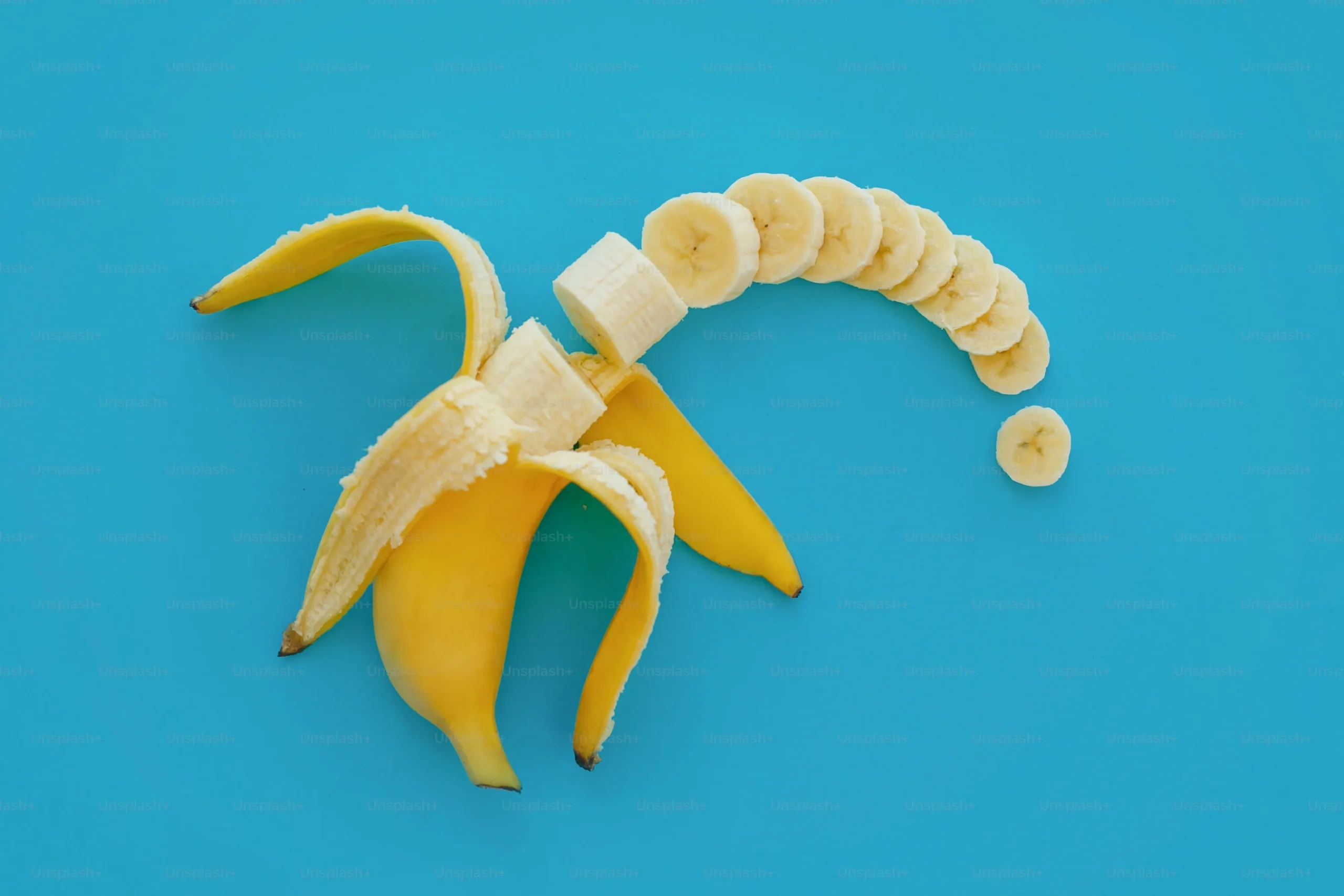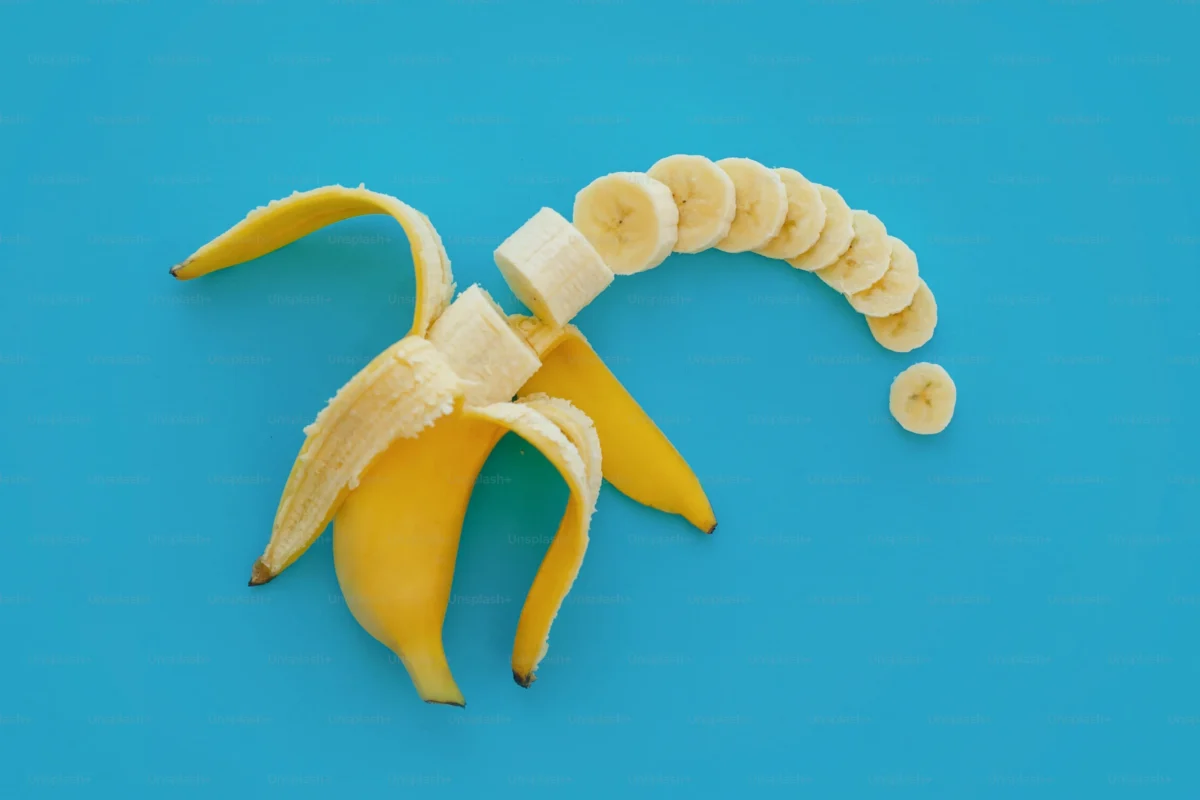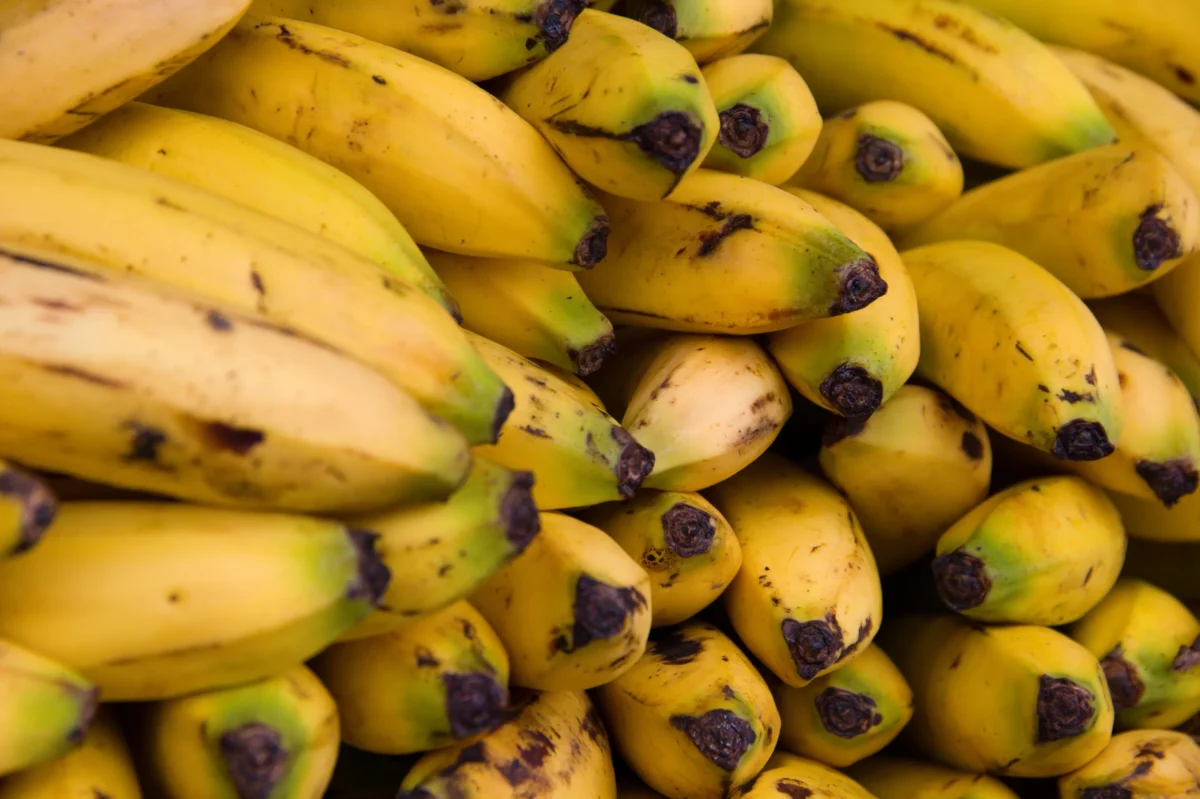The Science Behind Why Bananas are Yellow: Fascinating Facts and Environmental Factors Explained
Bananas are one of the most widely consumed fruits in the world, and their bright yellow color is a defining feature. But have you ever wondered why bananas are yellow? In this article, we’ll explore the science behind the color of a banana and how environmental factors can affect it. We’ll also delve into some interesting facts about bananas and their color. Whether you’re a banana enthusiast or simply curious about this fruit, keep reading to learn more!
What makes a banana yellow?
What gives bananas their vibrant yellow hue is a fascinating topic that has puzzled scientists and banana lovers alike for decades. The answer lies within the biochemical makeup of the fruit.
Bananas contain pigments called carotenoids, which are responsible for the bright yellow coloration. Specifically, a type of carotenoid called xanthophylls are present in high quantities in ripe bananas.

Interestingly, the color of a banana can also indicate its ripeness and nutritional value. As bananas ripen, they produce more xanthophylls and become increasingly yellow. At this stage, they also develop higher levels of antioxidants such as vitamin C and beta-carotene.
However, not all bananas are created equal in terms of their nutritional value or coloration. The Cavendish variety – commonly found in grocery stores – has been selectively bred to have a consistent bright yellow appearance when fully ripe. In contrast, wild varieties may have more variation in color depending on their specific genetics and growing conditions.
Overall, understanding the science behind what makes a banana yellow can enhance our appreciation for this beloved fruit while also providing insights into its nutritional benefits.
The science behind the color of bananas.
The color of a banana is not simply a matter of aesthetics or preference. In fact, the science behind the color of a banana can tell us a lot about its ripeness and nutritional value.
Bananas start off green due to the presence of chlorophyll, the same pigment found in most plants. As they ripen, bananas begin to produce ethylene gas, which triggers a process known as enzymatic browning. This process breaks down chlorophyll and leads to the yellow color we associate with ripe bananas.
But it’s not just about appearance – the color of a banana can also tell us about its nutritional content. As bananas ripen and turn yellow, their starches are converted into sugars like fructose and glucose. This makes them sweeter and easier for our bodies to digest.
As bananas continue to ripen beyond their yellow stage and develop brown spots, they become even softer and sweeter. At this point, they also contain higher levels of antioxidants like polyphenols that have been shown to have potential health benefits such as reducing inflammation in the body.
So next time you reach for a banana, pay attention to its color – it may reveal more than you think about its ripeness and nutritional value!
How can environmental factors affect the color of a banana?
Environmental factors play a significant role in the color of bananas. From the temperature to the amount of sunlight, various elements can influence this fruit’s hue.
Bananas start out green and gradually turn yellow as they ripen. However, if they are exposed to high temperatures or humidity levels, they may develop brown spots or even become entirely brown. This process is known as enzymatic browning and occurs when enzymes in the banana react with oxygen.

Sunlight also plays a role in banana coloration. Bananas growing in direct sunlight tend to be brighter yellow than those growing in shaded areas. Furthermore, bananas grown at higher altitudes tend to have thicker skins and more intense colors due to increased exposure to ultraviolet light.
Other environmental factors that can affect banana color include soil quality and irrigation practices. Bananas grown in nutrient-rich soil may have more vibrant colors than those grown in depleted soil. Similarly, consistent irrigation practices can help ensure uniform ripening and coloration.
Understanding how environmental factors impact banana color is crucial for producers who want to produce high-quality fruits consistently. Additionally, consumers who wish to purchase ripe bananas should pay attention to these nuances when selecting their produce.
In conclusion, while it may seem insignificant at first glance, environmental factors have a tremendous impact on the color of bananas we see on store shelves every day. By understanding these nuances better, we can improve our ability to grow and enjoy this delicious fruit fully!
Other interesting facts about bananas and their colors.
Bananas are not just a tasty fruit, but they also come in a variety of interesting colors. While the most common banana color is yellow, there are actually several other hues that can be found in nature.
For example, some bananas are red when they are fully ripe. These bananas often have a sweeter flavor than their yellow counterparts and can be found in tropical regions like Costa Rica and Ecuador.

Another lesser-known banana color is green. Green bananas are unripe and commonly used for cooking or making plantain chips. As they ripen, they turn yellow and eventually brown.
Speaking of brown bananas, did you know that they actually become sweeter as they age? This is due to the natural breakdown of starch into sugar within the fruit. While many people may toss out their overripe bananas, these browned beauties can be mashed up to make delicious banana bread or smoothies.
And lastly, while it may seem odd at first glance, blue bananas do exist! They’re not your typical supermarket variety though – these blue-hued fruits come from the highlands of Papua New Guinea and have been prized by locals for centuries for their unique taste and texture.
In conclusion, there’s more to learn about bananas beyond just their yellow exterior. Whether you prefer them green or red or even blue (!), this versatile fruit offers a range of flavors and uses worth exploring.
Check out our other articles to find out even more about banana.
In conclusion, banana is yellow for a variety of reasons. From the fruit’s genetic background to environmental factors like temperature and sunlight, there are numerous explanations that affect why this beloved fruit has its signature hue. It’s amazing to think about how something so simple can have such an interesting science behind it! If you’re curious to learn even more interesting facts about bananas and their color, be sure to check out our other articles.















